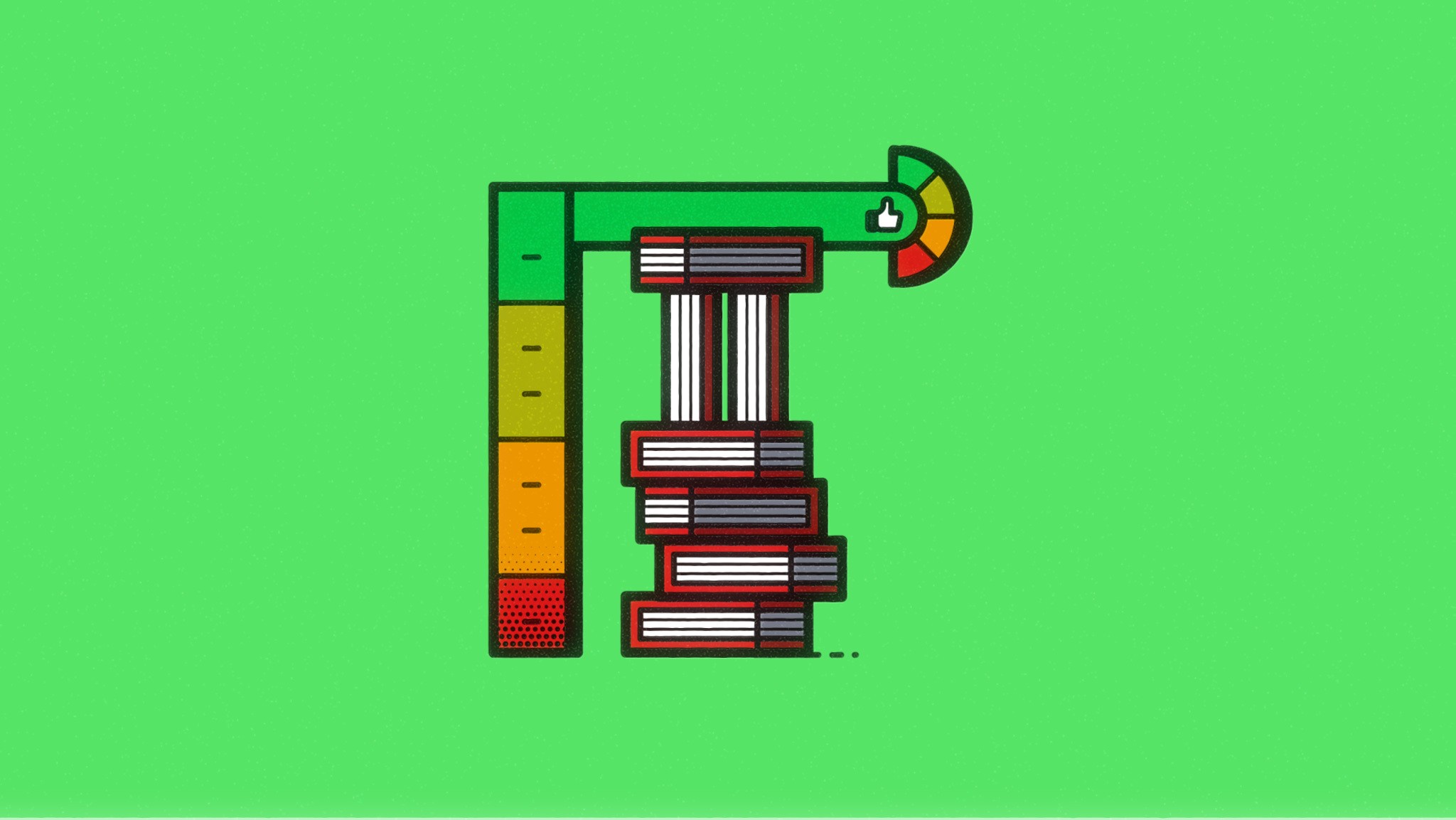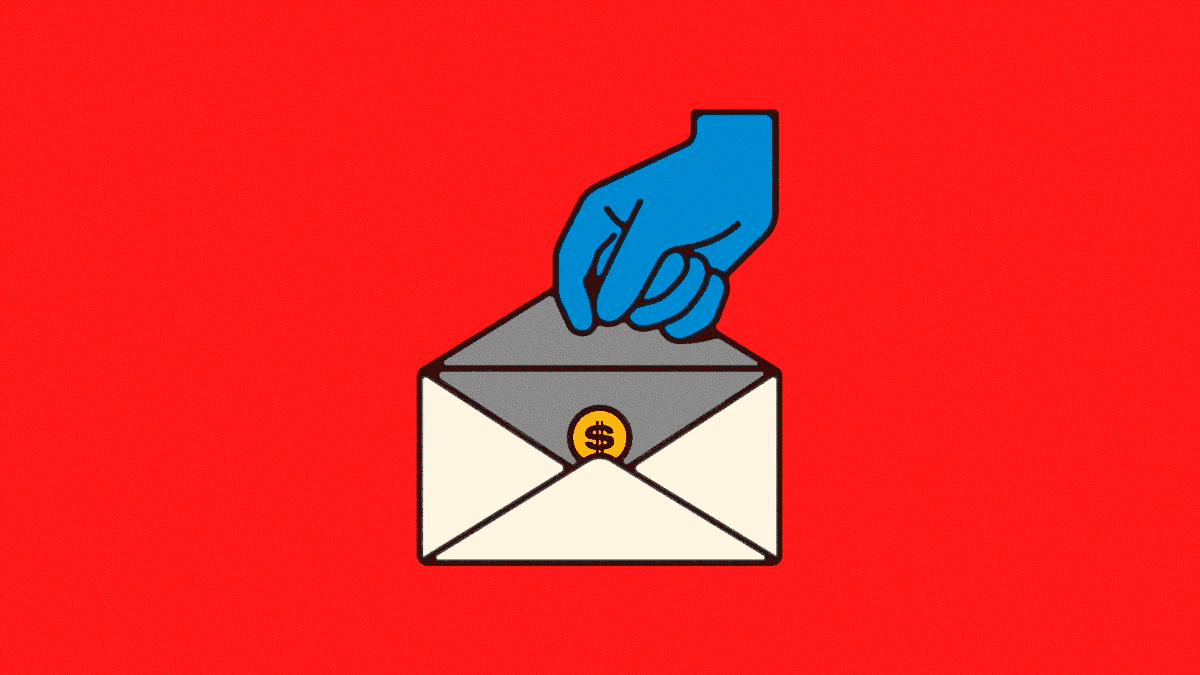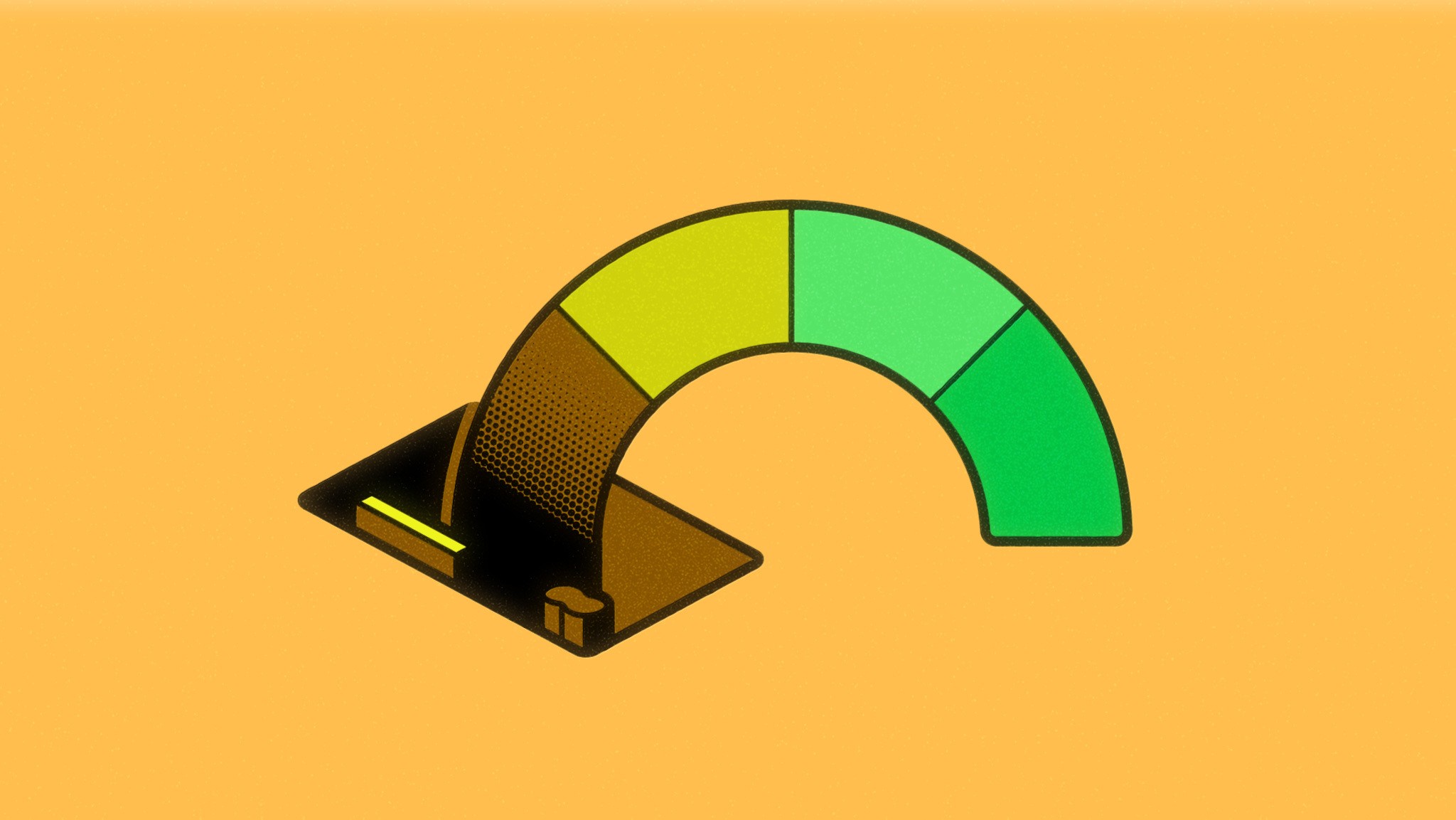Ever since President Joe Biden was elected in 2020, there’s been a buzz about student loan debt forgiveness. Now, two years after the 2020 election, it’s finally been announced. Millions of Americans will soon see up big chunks of their student loan debt erased thanks to the President's new plan.
This might sound great on the surface level, and it’ll certainly be a game changer for millions of Americans. But there are lots of things that will determine how much of your debt will be forgiven. Let’s take a closer look at who is actually eligible and what steps you’ll need to take if you are. It’s also important to remember that this is a one-time thing - any additional debt forgiveness has yet to be announced.
Which loans are eligible for debt forgiveness?
Not all student loans will be eligible for forgiveness. This is a government forgiveness plan, so only federally owned student loans qualify. These include both subsidized and unsubsidized loans issued by the government. Private student loans are excluded from the loan forgiveness plan. Private loans include loans taken out through a bank, a credit union, or an online lender.
Who is eligible?
This round of student loan debt forgiveness is limited to certain people based on adjusted gross income (AGI). Individual borrowers who make less than $125,000 a year will see up to $10,000 of their federal student loan debt erased. If you make less than $125,000 a year and received a Pell grant during college, you’ll be eligible for up to $20,000 of debt forgiveness. The Pell grant is given to millions of low-income students yearly, based on a variety of factors including family income, size, and cost of attendance.
To check your eligibility, you’ll want to use the AGI figure on your 2020 or 2021 tax return. If your AGI as an independent filer exceeds $125,000, you won’t be eligible for any loan forgiveness. If you’re a current college student, your eligibility will be based on FASFA and income.
It’s also worth noting that people who paid off any amount of their student loans during the pandemic may also be eligible for a refund of what they paid. The Federal Student Aid website instructs borrowers to contact their loan servicers directly to inquire about any refunds.
How to apply
The Department of Education stated that it already has the income data for nearly eight million borrowers thanks to existing repayment plans and financial aid forms. The already documented borrowers will automatically receive debt relief if their income falls within the threshold mentioned earlier.
But what about the students whose information isn’t already logged with the Department of Education? These people will need to apply the old fashioned way, and applications are slated to open around early October. It’s a good idea to regularly check the Department of Education’s website for more information over the coming weeks and months. Once applications have opened and you’ve finished yours, you can expect to receive your student loan relief in four to six weeks.
How Fizz can help
While student loan forgiveness will significantly aid in the reduction of federal student loan debt, it does nothing to help with private loan repayments. If you’ve taken out private loans or plan to take them out in the future for grad school, this can feel heartbreaking.
As we’ve talked about in other articles, private loans can be intimidating. They often carry high-interest rates and hefty fees, especially if you don’t have a high credit score - so it’s best to start building your score sooner rather than later.
That’s where Fizz comes in. With a Fizz card, you can build credit during college by spending money the way you normally do. To make things even better, you won’t have to worry about fees, interest, overspending, or credit checks. You can keep your own bank account, and you can even earn cashback by spending money at your favorite spots around campus.
Fizz is here to help you build your financial future. It’s perfect for everyone in college - not just those starting out. So what are you waiting for? Download the Fizz app now and get your very own Fizz card today.
*This communication is for informational purposes only and should not be considered financial advice.*

Sam Lipscomb
Author bio
Sam is a Kenyon College alum and is head of content at Fizz. He's been a go to personal finance resource among his peers since getting his first credit card during his sophomore year of college. He hails from Washington, DC, loves all things aviation, and currently lives in Los Angeles.






